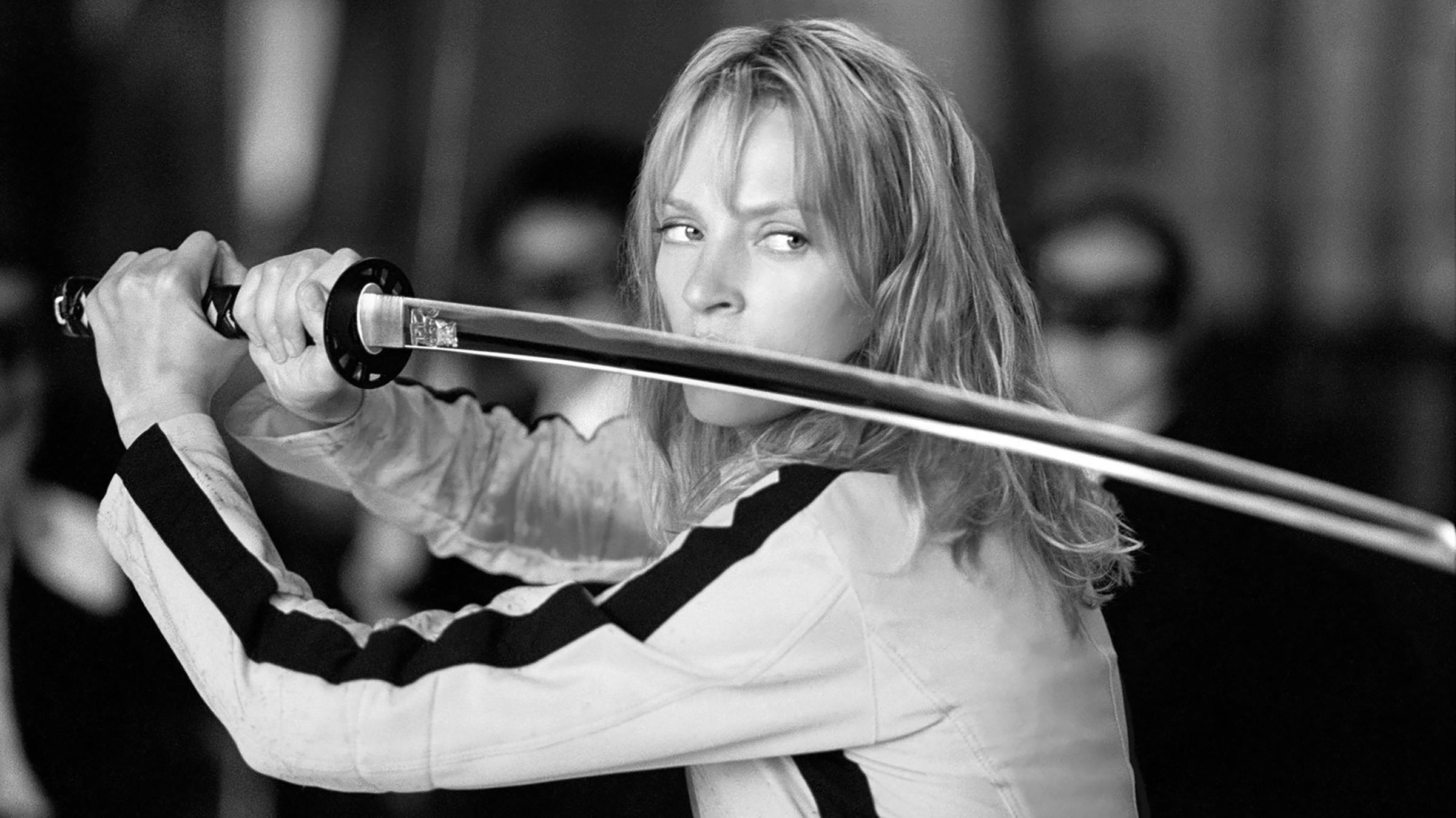Celeste Powell
Staff Writer
Opening: Heavy breathing against a a black background; an Old Klingon proverb: “Revenge is a dish best served cold.”
Fade up in black and white to heavily bloodied woman in bridal veil. The first and last words of the main female protagonist, The Bride, before being shot in the head:
“Bill, it’s your baby.”
“Kill Bill Vol. 1” is an action/thriller that premiered in 2003, directed by Quentin Tarantino. The RZA of the Wu-Tang Clan created original music for the film, and that soundtrack greatly aided the stylized frenzy that is “Kill Bill.”
The opening sequence of “Kill Bill Vol. 1” would horrify anyone. What monster would intend to murder a bride on her wedding day? What monster would continue to carry out the crime after recognizing she is pregnant? Not only that, but the monster turns out to be the father of the unborn child.
I believe the combined use of these acts puts the viewer on the side of The Bride immediately. Her enemies are our enemies. Therefore, throughout the rest of the movie, we feel no remorse for those on the side against The Bride.
At the final ring of the opening gunshot, “Bang Bang (My Baby Shot Me Down)” by Nancy Sinatra plays, drawing the visual and auditory parallels of Sinatra’s ballad and The Bride’s entrance into the film; this gives the viewer affirmation of not only the tone of the film, but also that there is a relationship between the monstrous shooter, Bill, and The Bride.
The mournful opening song furthers the sorrow felt for the helpless bride.
Sinatra’s lyrics “just for me the church bells rang” holds a double meaning for The Bride as the church bells could ring twice on her occasion: once for her wedding and a possible second time for her funeral.
Listening to the soundtrack of the movie with headphones provides a different experience—all vocals are played through the right ear, making the listener feel like they are being whispered to by the past experiences of their current lover. Her story is made even more chilling with a haunting guitar strum that emphasizes each phrase through the left ear.
Later in the film, “Crane/White Lighting” is one of the original songs on the soundtrack by The RZA (with the White Lightning being credited to Charles Bernstein).
It occurs each time The Bride is circled by the minions of one of her primary targets—particularly when she faces the Crazy 88, who all appear later on in the film toward the ending climax.
The heated rhythm of “Crane/White Lightning” accentuates the guarded behavior of The Bride as she prepares to take out whoever is standing in the way of her cold-blooded revenge. The music also plays in perfect time to the sound effects of a specific minion’s chain weapon as it is swung around in the air.
Once the fighting commences, The Bride is greatly outnumbered and uses whatever dirty tricks she can to stay ahead of the swarm wanting to devour her, including an exceptionally violent scene where she plucks the eye out of the socket of her enemy.
As this is done, Tarantino uses an aesthetic choice of changing the color to black and white like in the beginning, which was done because of censorship; however, this also manages to catch the viewer’s eye with such an abrupt shift.
The second half of the song plays when The Bride becomes overwhelmed with the minions she must fight.
To this point, she has managed to kill upward to 40 individuals—along with the group’s leader—but may miss her chance of facing the one she initially seeks revenge on: the ever elusive O-Ren Ishii.
In an MTV interview over Kill Bill, Tarantino said The RZA is just as versed in Kung-Fu as himself, and that The RZA had also seen the same movies that influenced Tarantino’s direction for “Kill Bill Vol. 1.”
By having similar experiences, The RZA knew exactly what Tarantino was looking for in the sound effect department. The RZA states in an interview by MTV: “I had a job and my job was to make sure the soundscape of this movie was as classic as the movie itself; to make sure the music does not take away the vision he had.”
The music and ambience accompanying “Kill Bill Vol. 1” further propels its cult classic status.
For this, I rate the soundtrack in accordance to the film a 10/10.

